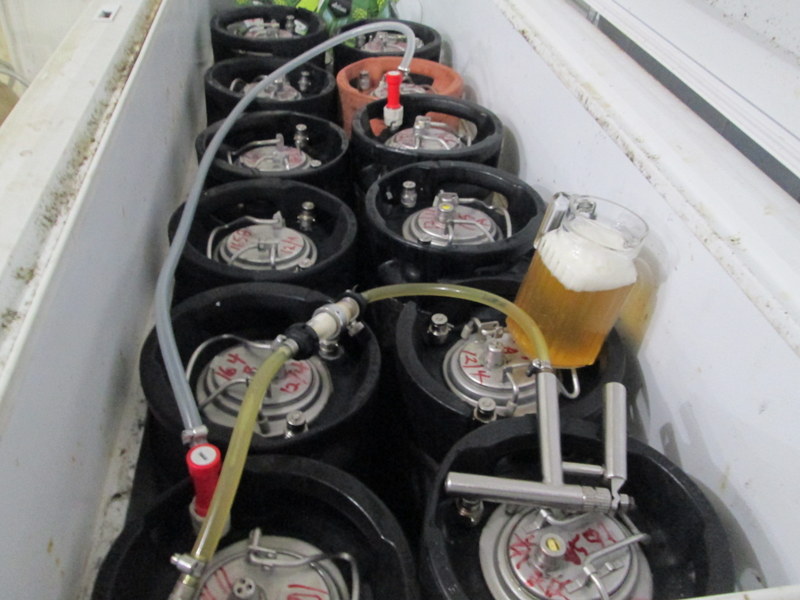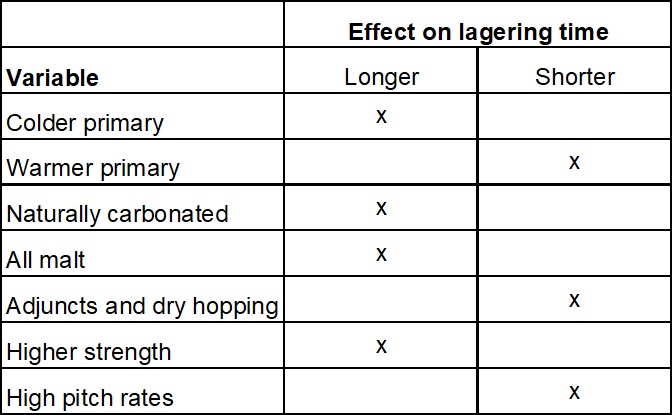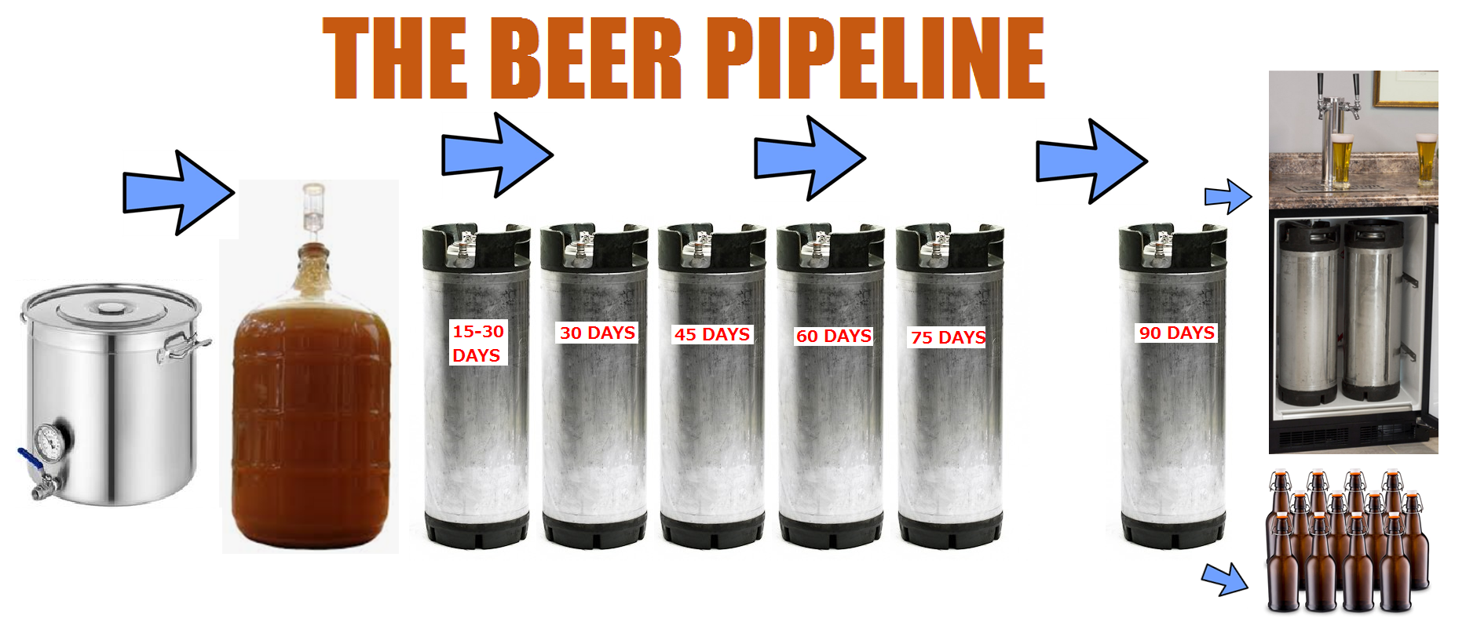Seriously?
I've posted this before, but it is worth repeating.
In
Modern Lager Beer: Techniques, Processes, and Recipes by Jack Hendler and Joe Connolly, they lay out the "four main purposes of lagering" (paraphrasing the book
Practical Handbook for the Specialty Brewer: Fermentation, Cellaring, and Packaging Operations Volume 2, edited by Karl Ockert):
- Flavor maturation; eliminating the undesirable flavors and creating desirable ones
- Clarification through the sedimentation of yeast and other insoluble materials
- Chill stabilization by promoting the creation of protein tannin complexes that can be removed by sedimentation or filtration
- Development of carbonation
On the next page: "One thing is certain when it comes to flavor maturation: yeast is the key component. Such modifications only happen in the presence of yeast."
Continues a little further:
"When it comes to flavor maturation, the time required for lagering will vary depending on a number of factors, including the strength of the beer and the amount of added materials, particularly hops and adjuncts (table 3.5). But the most significant variable that determines the time and temperature of lagering will be how the primary fermentation was conducted."
Table 3.5
Major factors that determine lagering time
View attachment 883087
A few pages later:
"When determining the appropriate lagering temperature, consider the four main objectives of lager -- flavor maturation, clarififcation, stabilization, and carbonation -- and which are to be achieved. For flavor maturation, choose a warmer temperature in the 35-46F (2-8C) range. To address clarification and stabilization, very cold temperatures, even down to the freezing point of the beer are recommended."
Do I follow any of this? Not really, since I just read the book.
Like others, I am a lazy lagerer. I transfer the beer to a corny keg, kräusen it, let it naturally carbonate (sometimes at cellar temperature, sometimes in the mid 40s if I have time) and then lager it in my beer fridge at beer fridge temp. Occasionally I will lager at near freezing if I am trying to get a super clear beer. But my chest freezer is my fermentation chamber and fermentation temp always overrides lagering temp.
I am brewing a German pils tomorrow, followed by a Dunkel and a Christmas bock which should really get a proper lagering.


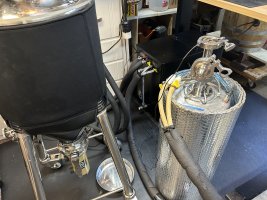
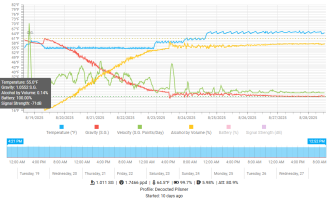

![Craft A Brew - Safale S-04 Dry Yeast - Fermentis - English Ale Dry Yeast - For English and American Ales and Hard Apple Ciders - Ingredients for Home Brewing - Beer Making Supplies - [1 Pack]](https://m.media-amazon.com/images/I/41fVGNh6JfL._SL500_.jpg)






















































